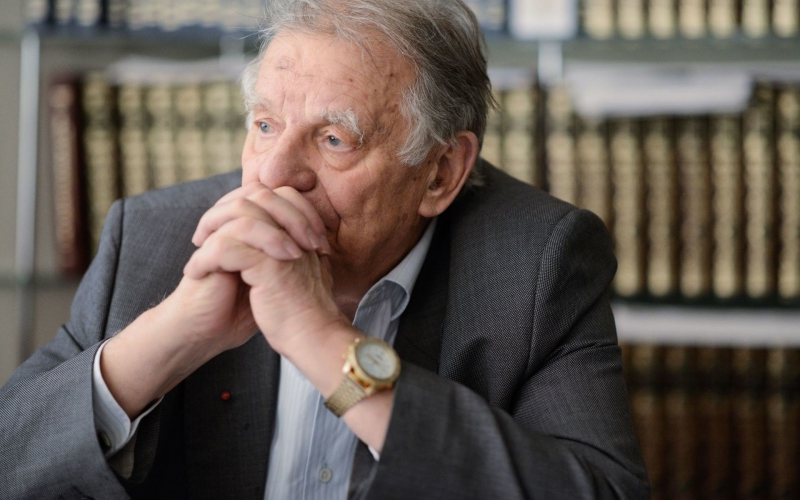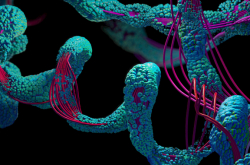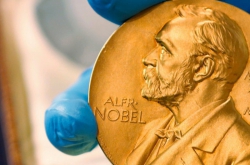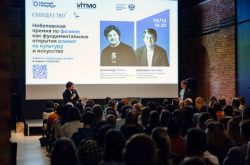In 2000, Zhores Alferov received a Nobel Prize for his research on semiconductor heterostructures. These structures have a wide range of technical applications. For example, semiconductor lasers (which are based on semiconductor heterostructures) are used to transmit signals through an optical fiber, which is how the internet works. Such lasers are also used in optical drives, CD and DVD discs, as well as laser printers.
Another application of semiconductor heterostructures is in high-frequency transistors. These are found in mobile cellular phones and would be impossible without semiconductor heterostructures, as well as would be light-emitting diodes.
Sergey Stafeev, Professor at ITMO University’s Faculty of Physics and Engineering, research advisor at ITMO’s Museum of Optics
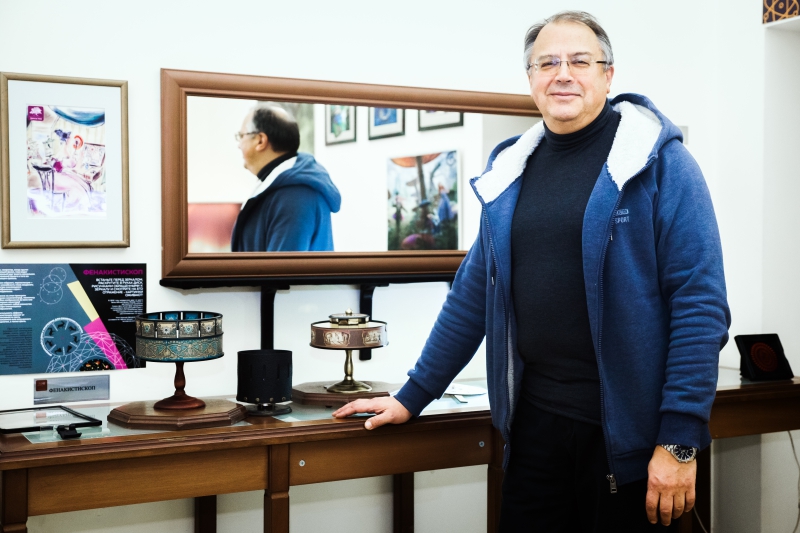
Zhores Alferov had unbeknownst to himself contributed immensely to modern holography, since his heterostructures allowed scientists to study coherent light. (Coherence is one of the most fundamental notions in optics, which is a property of light that enables stationary interference. Such light is called coherent, which means that there is a correlation between physical quantities of a single wave, or between several waves or wave packets – Ed.)
Zhores Alferov was a well-rounded individual. He was interested in many things, including politics, social studies, science, and education. When he was offered a post of the head of the research and methodological council in physics, the key mission of which is to formulate development plans in the field of physical and mathematical education, he agreed, and his role in the council’s activities can hardly be overstated.
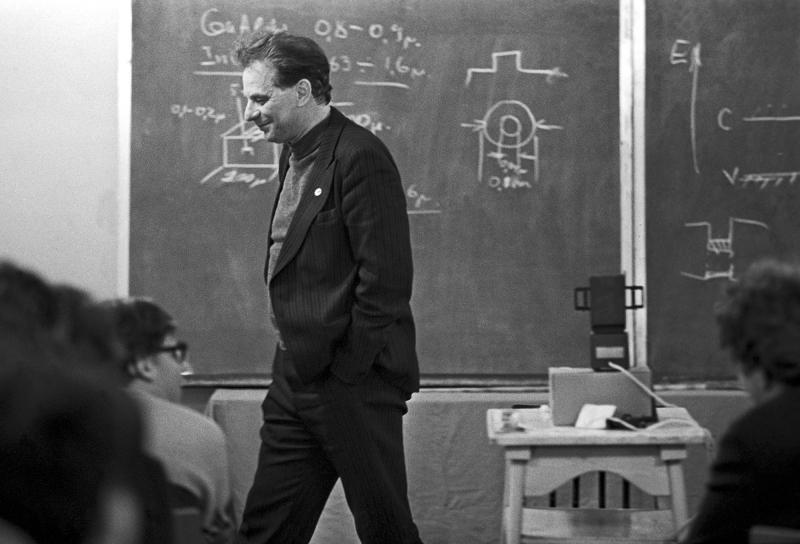
The council’s meetings brought together professors from many universities, and I was among them. Zhores Alferov was always fighting for physics being taught at a high level so that the program should meet modern standards, keep up with the latest achievements and be practice-oriented.
These plans were implemented by Prof. Alferov at St. Petersburg Academic University (Nanotechnology Research and Education Centre of the Russian Academy of Sciences) and the Physics and Technical School, which he founded after winning the Nobel Prize.
Alexander Chirtsov, Professor at ITMO’s Faculty of Physics and Engineering

Zhores Alferov’s name goes hand in hand with progress in the field of semiconductors. The results of his research can be used in many areas. Before his discoveries, semiconductor LEDs were extremely fragile; today LED lamps have become part and parcel of our daily routine.
I think that we are very lucky to have had such a talented scientist in our country, whose work has been positively appraised both in Russia and abroad. I had a chance to meet Prof. Alferov in person several times. He even gave an open lecture at our university, which was a major success.
Mikhail Limonov, Professor ITMO University’s Faculty of Physics and Engineering
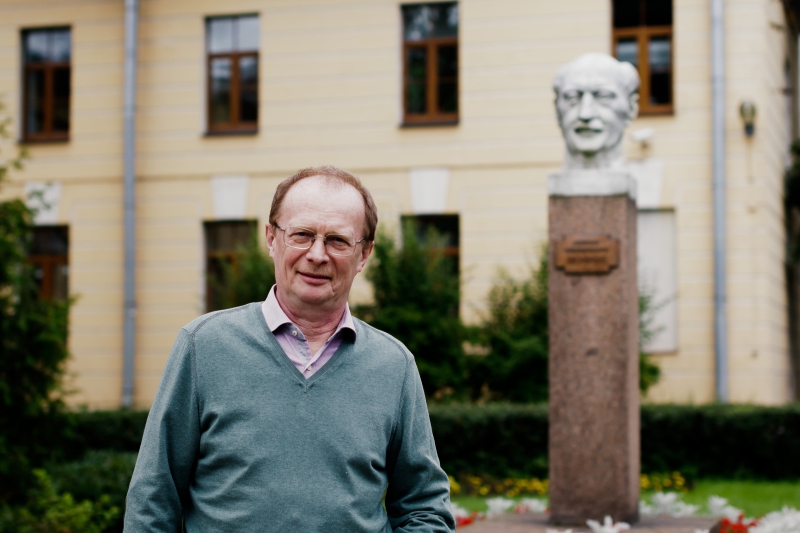
Zhores Alferov was a unique person, as there are not so many scientists who don’t just do research but also advocate for the interests of the scientific community and the Academy of Sciences. He even once said that the day when the Russian Academy of Sciences was reorganized and deprived of some of its functions was one of the worst days in his life.
Unlike many scientists who focused primarily on fundamental studies, Zhores Alferov preferred a practice-oriented approach, and today everyone can find the results of his work right in their pocket. By this of course, I mean smartphones. These devices are based on semiconductor heterostructures, which really changed our day-to-day lives.
Zhores Alferov also contributed to science in a different way: after graduating from St. Petersburg Electrotechnical University LETI, he established a department that had consequently become the alma mater to many renowned scientists.
He was a mentor to a whole generation of scientists. Many academicians and members of the Russian Academy of Sciences did research in the new fields Prof. Alferov had established, such as nano-objects, and quantum dots lasers, to name but a few.
